Less than a month after Apple abandoned its plans for the Apple Car, the tech giant has decided to bail on its initiative to design its own microLED screens for the Apple Watch.
The project, which was first discovered in 2023, was designed to reduce its reliance on partners such as Samsung and LG. The company had even built its own screen manufacturing facility in Santa Clara, California, near Apple Park.
The company would have swapped the Samsung-produced OLED display for its own microLED. Apple would then likely have brought the screens to other devices, such as the iPhone.
However, the cost and complexity of the project were deemed untenable, and the project was scrapped, sources told Bloomberg. The screens are difficult to produce in sufficient quantities, and the company still relied on outside partners for mass production tasks.
According to the report, Apple has eliminated several dozen roles and is restructuring the teams responsible for display engineering. It has also axed positions at the Santa Clara manufacturing center.
In early February, rumors were circulating that Apple had pushed back or canceled the microLED Apple Watch project. Friday's news comes after long-time Apple supplier Osram told its investors that a large customer had canceled microLED orders for a wearable.
Current Apple Watch screens run Apple about $38 per unit. Apple's simulations of manufacturing and estimates of production yields were rumored to mean that an Apple Watch Ultra 3 screen with microLED would cost $150 to make.
Other microLED projects are said to remain intact. Timelines remain unclear, however.
In February, Apple abandoned Project Titan, the codename used to refer to developing its own electric vehicle. Many employees referred to the decade-long project as an inevitable failure and a "titanic disaster."
 Amber Neely
Amber Neely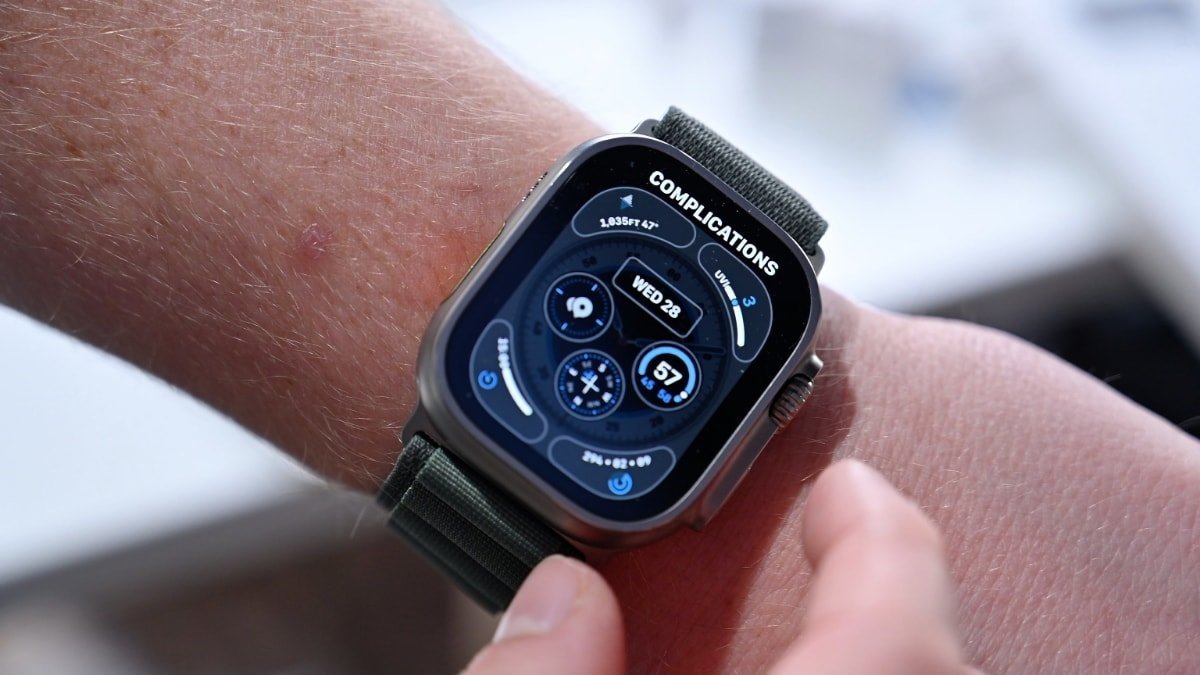


 William Gallagher
William Gallagher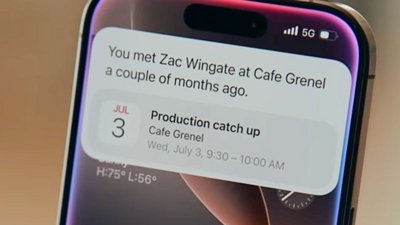
 Malcolm Owen
Malcolm Owen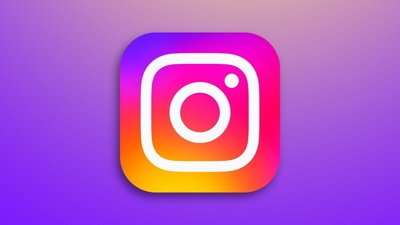
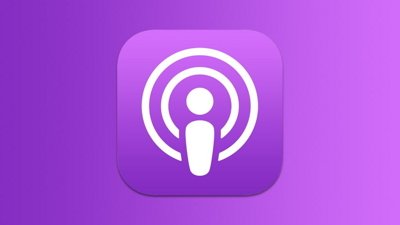

 Oliver Haslam
Oliver Haslam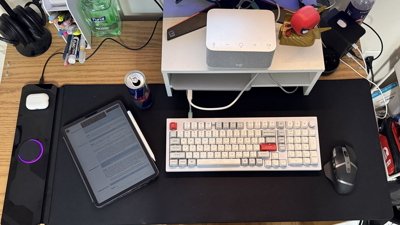
 Thomas Sibilly
Thomas Sibilly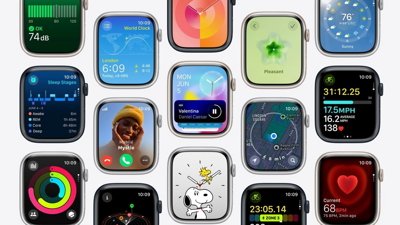
 Marko Zivkovic
Marko Zivkovic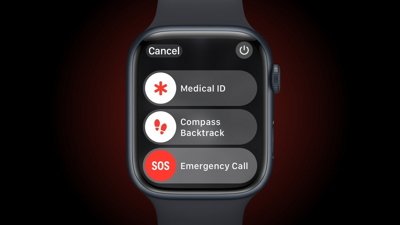



-m.jpg)






10 Comments
This sounds like a good decision. Nice to see Apple focussing. I do hope that can get the cellular modems shipped. Having every Mac, including the desktops, every iPad, every iPhone, every Watch, and every headset (both vision and audio) have a cellular option is the highest payoff for users.
Whether they need to contract that out to Qualcomm or be it in-house, whatever the best business arrangement, I just hope they can push it over the finish line.
At least for me, “it has a better display” stopped being a reason to upgrade anything many years ago. I’m very happy with the display in my 2017 iPad Pro, for example. The only reason I want a new iPad is to get a faster CPU.
My Series 4 has aged, and I'm definitely in the market for a new Watch.
What I'd like to be improved:
1. Wearability. This basically is a product class issue, affecting all wristwatches that I could use. The presence of the sensor glass and the rubber band can get irritating on my skin. I alternately wear it on my left and right wrists to address it when it gets worse. I'd like to get an Ultra or a steel Watch, but the increased weight has me worried about skin irritation. Wondering how it will go. I exercise everyday, and my Series 4 is washed after every exercise session. Unfortunately, not much can be done here. Might have to buy an aluminum model instead. Not sure if a 3 dimensional or 3D conformal band can help my skin irritation issues.
2. I have to do some research how well the fabric bands respond to washing. If I use them during exercised, they have to be washed, preferably with the washer. What's people's experience with this? I will likely try more than the single rubber band with this new Watch.
3. UI improvements. I like the double pinch, but hit rate is about 50% on the Series 4. The 2023 and 2024 models will be better. Apple should really lean into the a UI design where it is operable entirely through discrete inputs from the digital crown, hand gestures, and as a last resort, touch, resulting in discrete UI events. So essentially, get rid of variable scrolling and only use pagination or highlighted/hover selections. Make the UI predominately vertical pages. Make more of the accessibility gestures the default. Double pinch was a start, but single pinch, double and single fist clench, and wrist-leveling or wrist-turning can hopefully be possible as normal Watch operation. The point with taking away variable scrolling is that inputs into the Watch are sloppy and scrolling variably is difficult. Making it button input like should further improve usability.
4. Just make it an iCloud client independent of the iPhone. Make the Watch.app, Fitness.app and Health.app iCloud web apps. You can use an iPhone to activate it, onboard it, etc, but you should be able add your Apple ID right from the Watch and it loads and syncs from the cloud.
MicroLED really sounds fantastic - all of the contrast, more brightness, and no burn-in issues that OLEDs have, and bringing some of that production back to the US would have been a bonus to boot. Of course producing it in a plant that doesn't need suicide netting would cost more - or maybe they feared random power cuts + higher taxes and wages. Santa Clara probably isn't the place to move manufacturing in the U.S. if you want to be competitive.